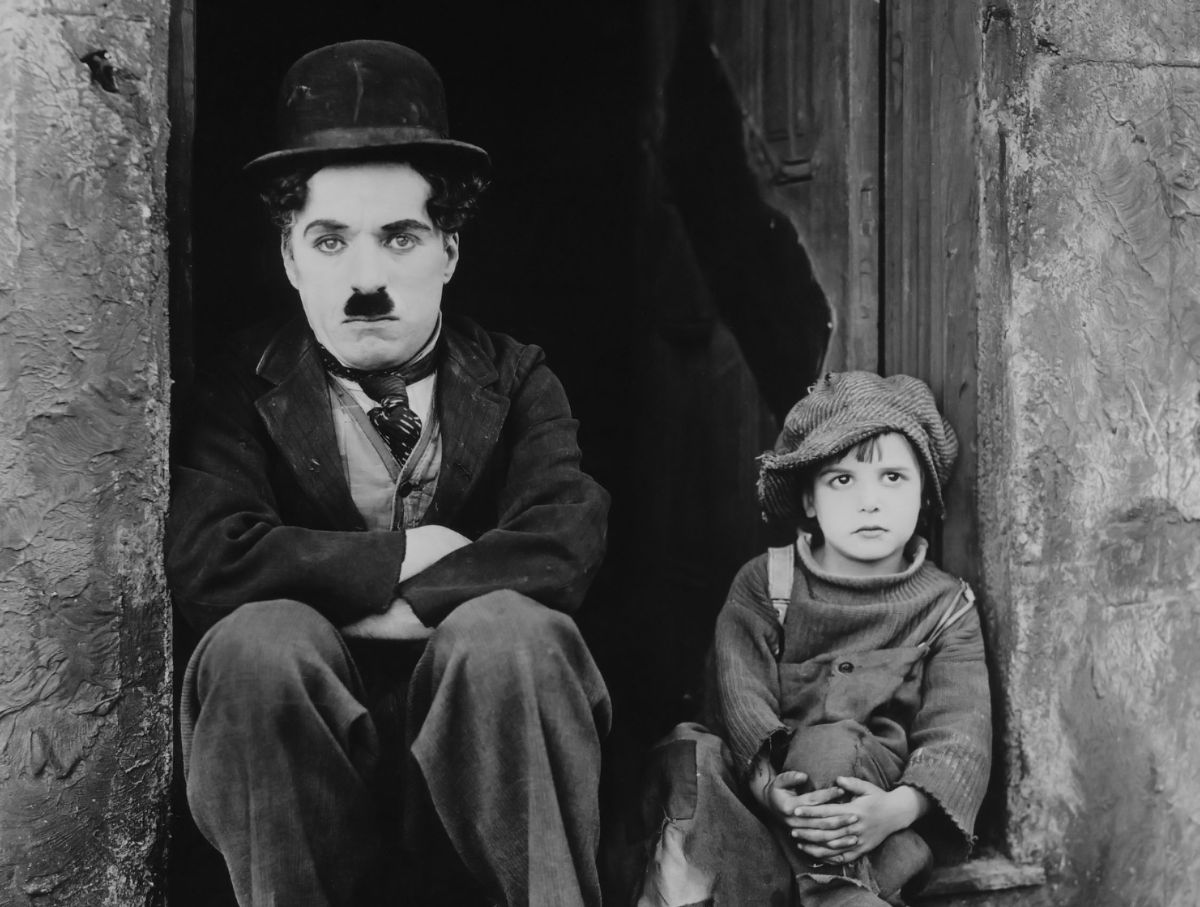
Do you know why VR failed the first time around?
It wasn’t just because the hardware was slow or the graphics were too blocky, or even that it was too expensive. It’s because it was only about games. The second virtual reality revolution won’t make the same mistake. Its ambitions are bigger, destined to impact education, sport, travel and, most importantly, film.
Will we be watching VR movies in the years to come? Oculus’ head of video, Eugene Wei certainly thinks so. “[Virtual reality] is going to be the biggest change in filmmaking in our lifetimes,” he claimed recently. “It’s on par with sound or colour in film.”
It’s a statement that is, and isn’t true. Since the early days of cinema, the way we watch movies hasn’t changed. We still sit and watch a story unfold on screen just as those first audiences did in the early 1900s. The technology behind filmmaking, however, has changed dramatically. Sound was introduced in 1927, technicolour in 1939, while computer generated imagery (CGI) was used for the first time in the 1973 flick Westworld.
These technology advances have had an effect on how stories are told.
The arrival of the ‘talkies’, for example, toned down the exaggerated, melodramatic movements actors typically used to convey emotion. While the introduction of colour allowed directors to linger on lush environments and to establish key tones and feelings.
Love it or hate it, 3D has also influenced the way directors approach a scene, allowing them to film specific elements that ‘pop out’ of the screen to thrill or scare their audience.
But still, we sit and watch a story unfold on a screen. If we look away, the immersion is quickly broken. Virtual reality changes that. It has the potential to transport us right into the heart of what we’re watching, with the ability to look around. VR films smash down the ‘fourth wall’ and, in doing so, they challenge the traditional language of storytelling.
It’s why there’s a huge amount of interest in virtual reality films.
This year’s Cannes Film Festival showed VR movies for the first time, including Eugene Chung’s animation Allumette (above) and the explosive Sky Harbor cinematic from Crytek.
Google, meanwhile, has released Help (see below), a five minute, alien invasion-themed VR short directed by Fast and Furious/Star Trek Beyond director Justin Lin. It’s the first of a new breed of 360-degree videos Google calls Spotlight Stories.
Like sound, colour and 3D, VR movies are shaped by the technology in play. Most films tend to be short to avoid viewers experiencing motion sickness. Similarly, filmmakers try to avoid cinematic jump-cuts (which can be disorientating in virtual reality) in favour of steadier, simpler tracking shots.
VR films can’t be shot on a traditional movie set either. There’s no behind-the-scenes when the camera can see in 360 degrees.
VR movies are a new medium that divides opinion.
For Chris Milk, the founder of VR production company VRSE.works, VR can deliver a heightened storytelling experience. “You can’t make somebody’s stomach spin with a traditional film,” he told Wired. “We’re really playing with [the technology]. We’re using how it makes you feel physically to tie in with how you feel about a character.”
Director Steven Spielberg falls into the opposite camp, calling it a dangerous medium. “The only reason I say it is dangerous,” he said in an interview, “is because it gives the viewer a lot of latitude not to take direction from the storytellers but make their own choices of where to look… I just hope it doesn’t forget the story when it starts enveloping us in a world that we can see all around us and make our own choices of what to look at.”
Traditional storytelling certainly has a place in VR. At the very least, headsets like the Oculus Rift and HTC Vive can make it seem as if you are watching a 2D movie on your own IMAX screen. But if Allumette, Help and Invasion! are any indication, VR will give rise to a new genre of immersive, 360-degree narratives that will break new ground.
Whether we call them ‘films’ is a different matter.
Experience an amazing VR adventure with SAPPHIRE VR-Ready graphics cards.


















